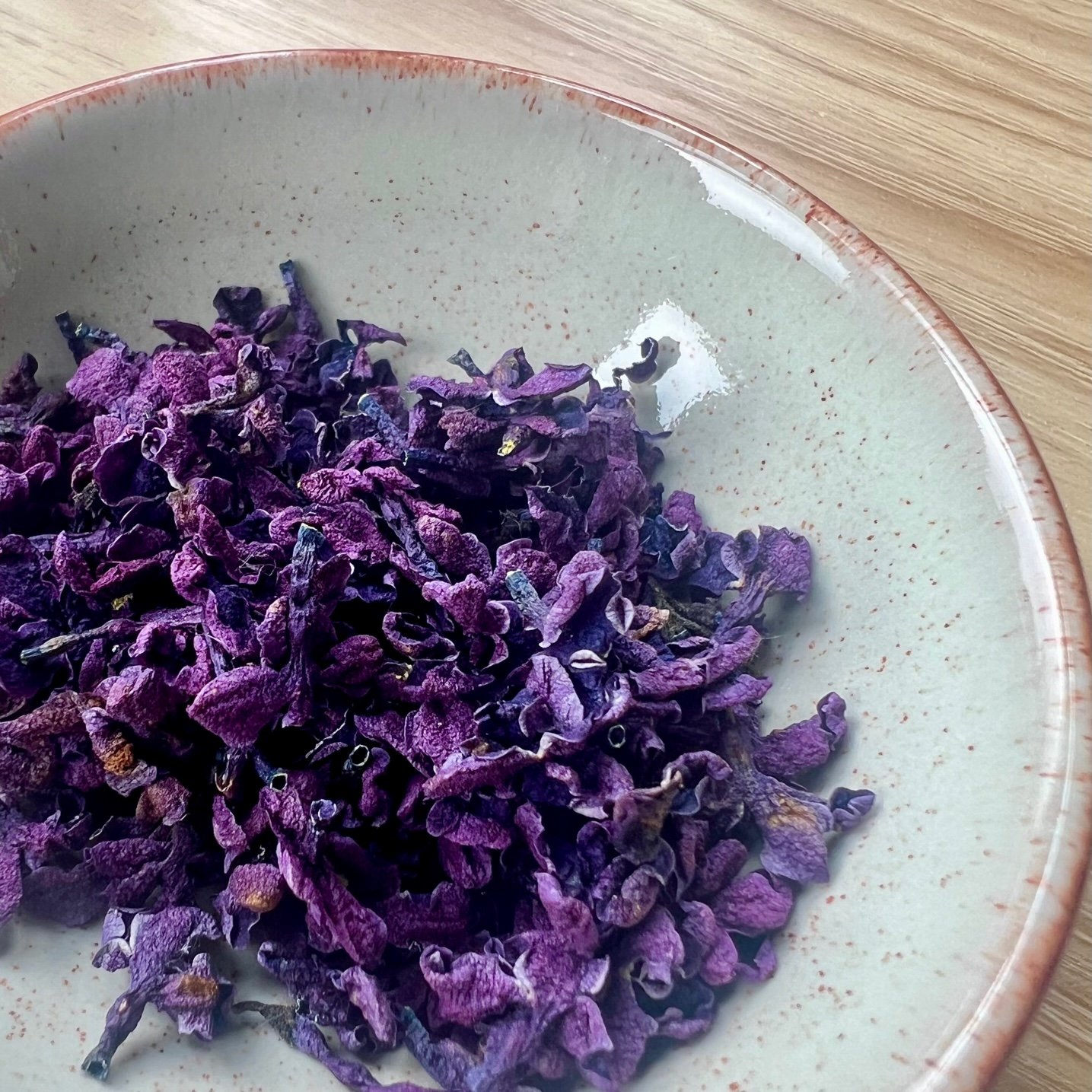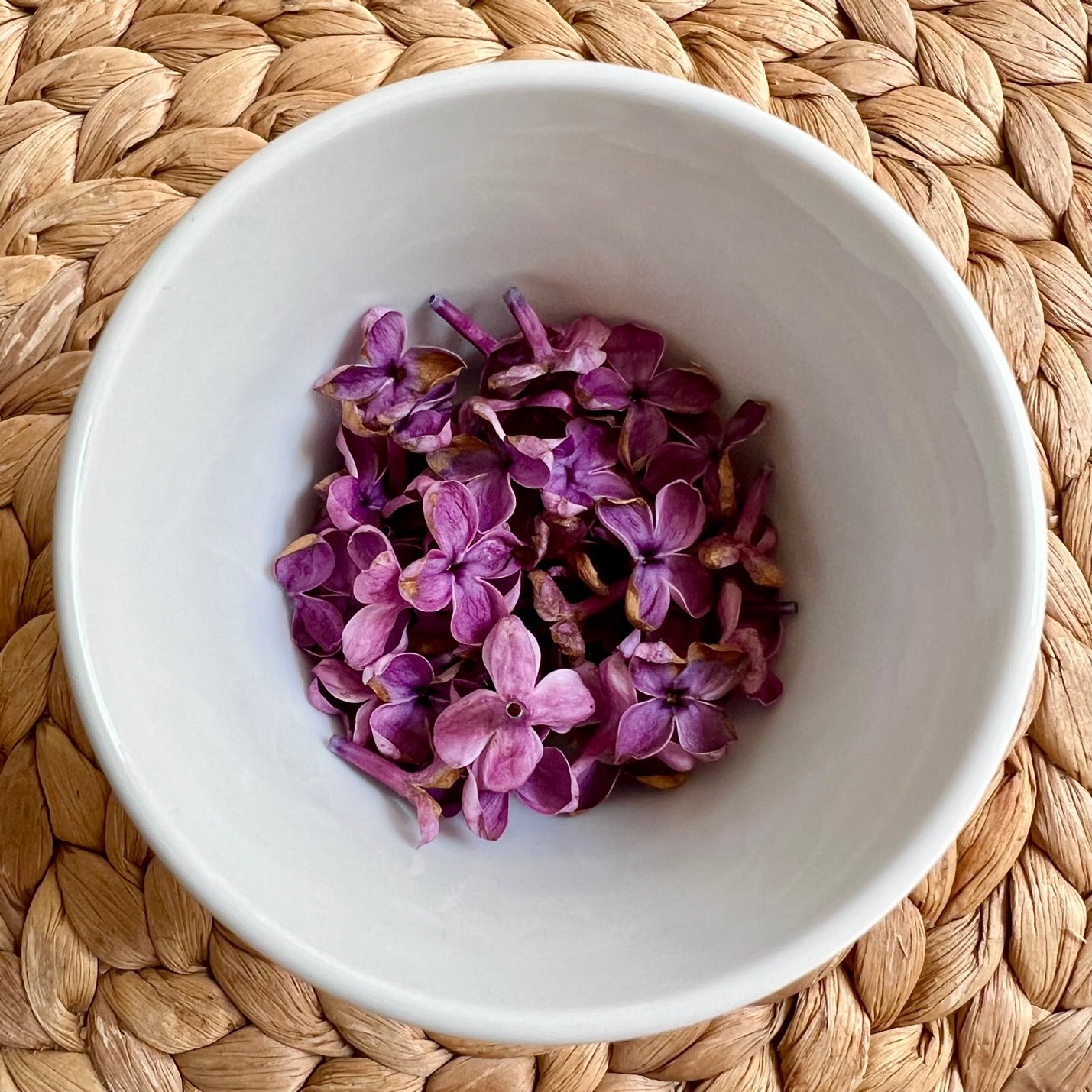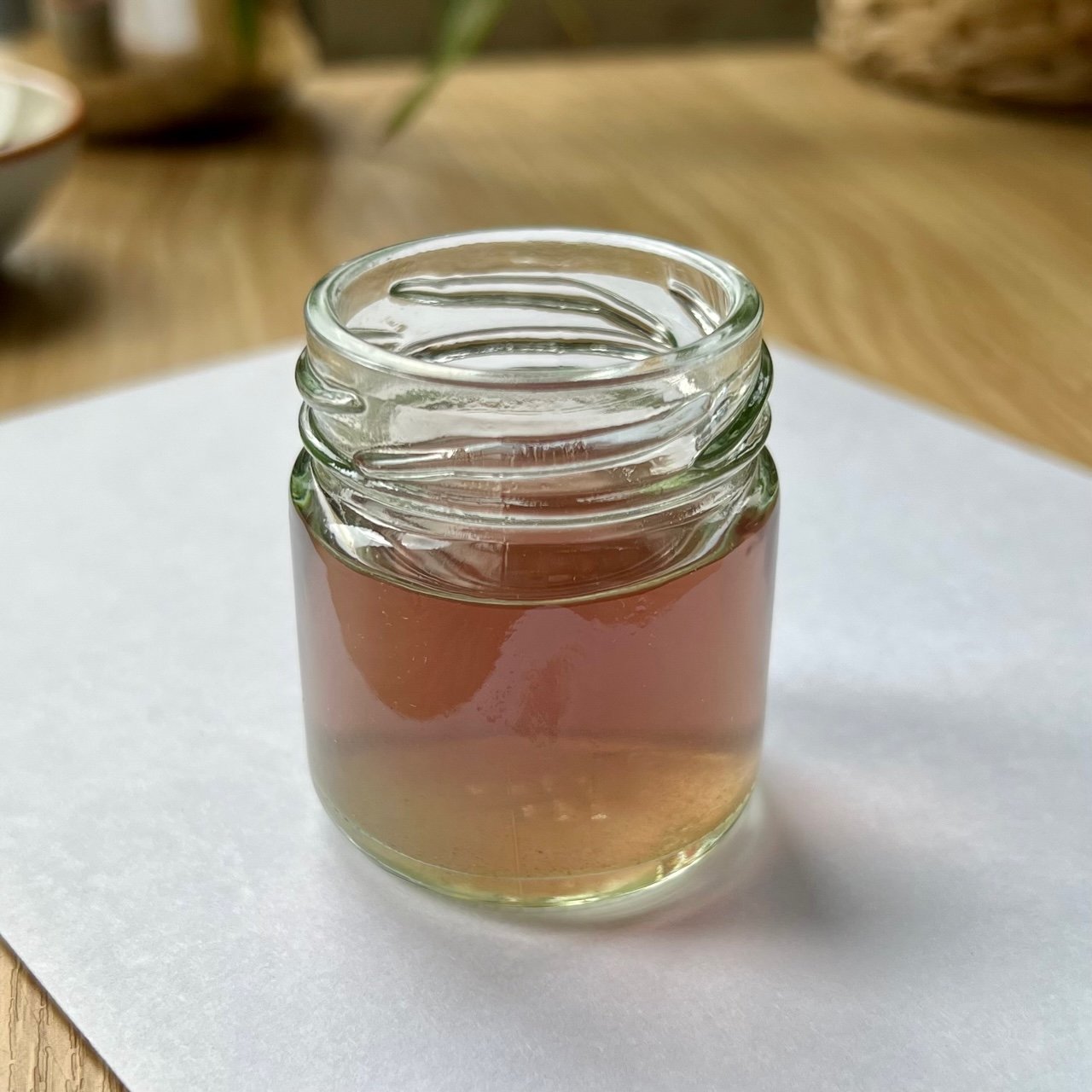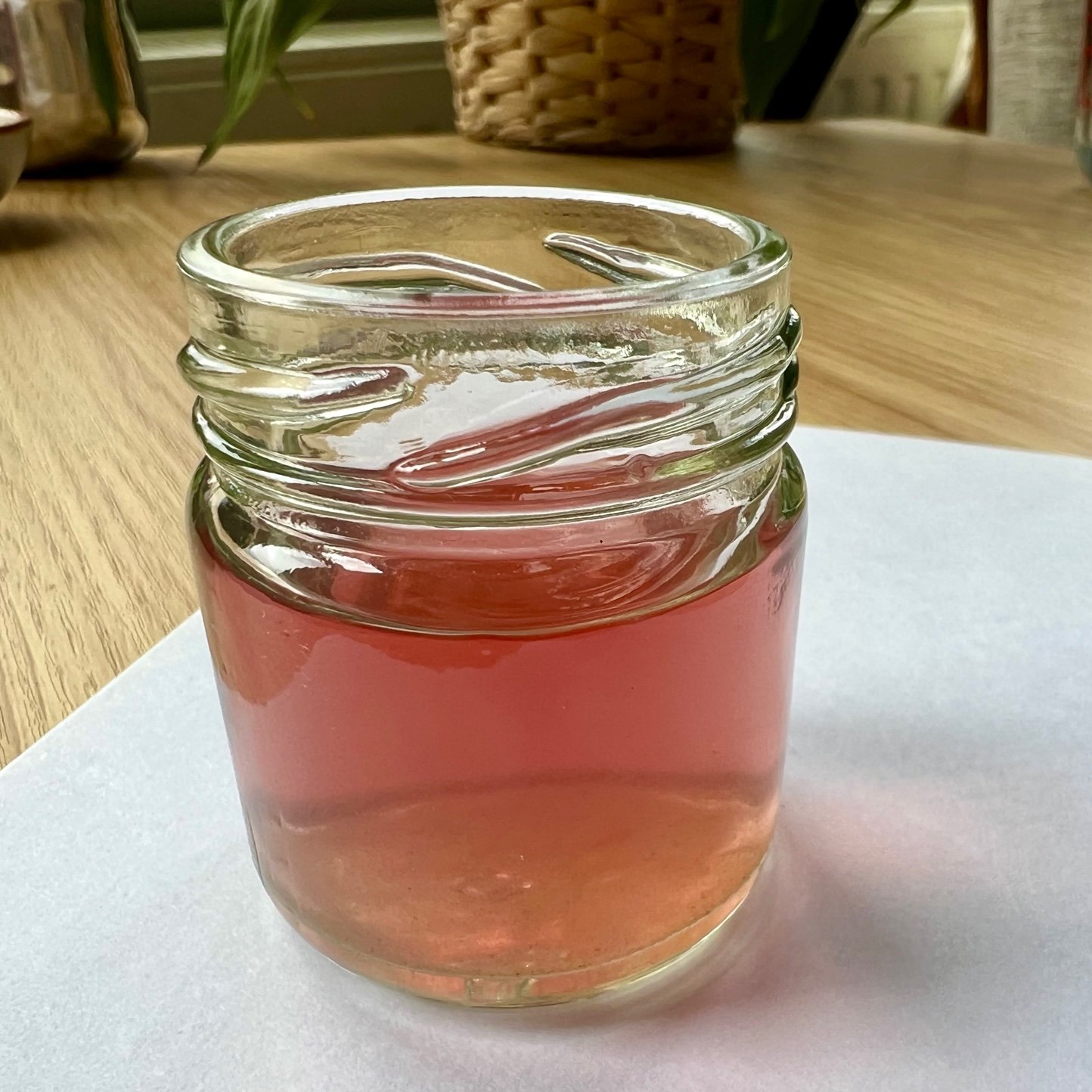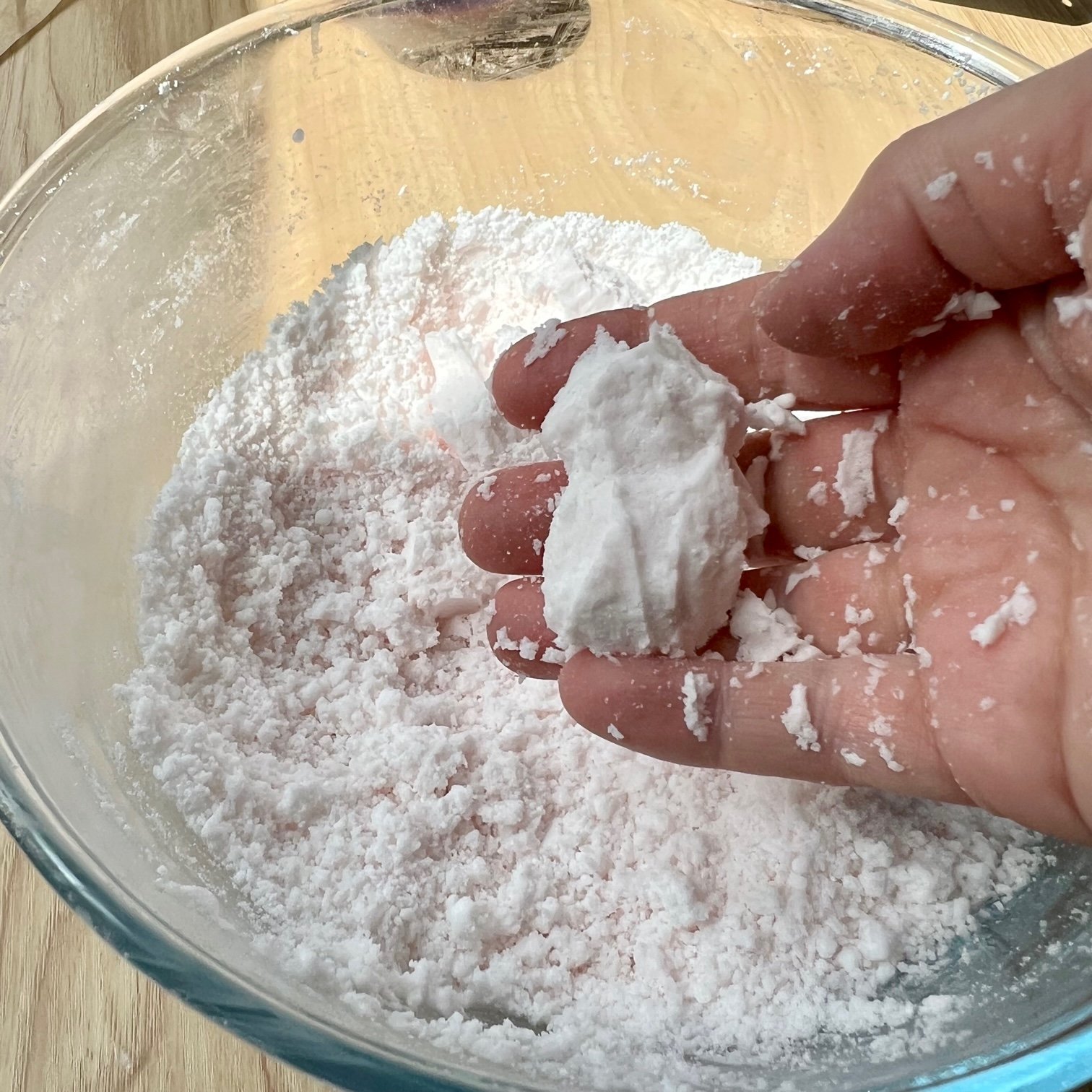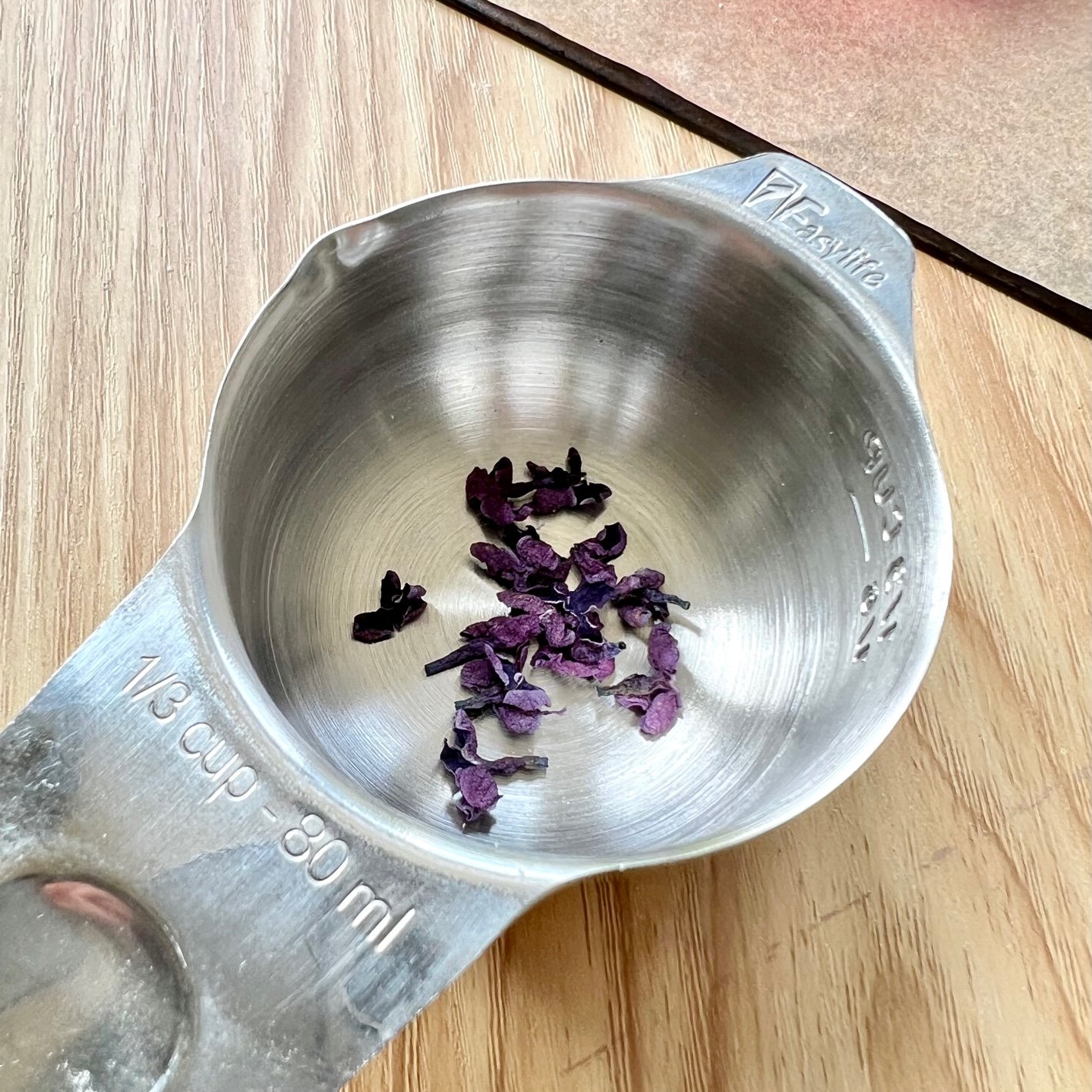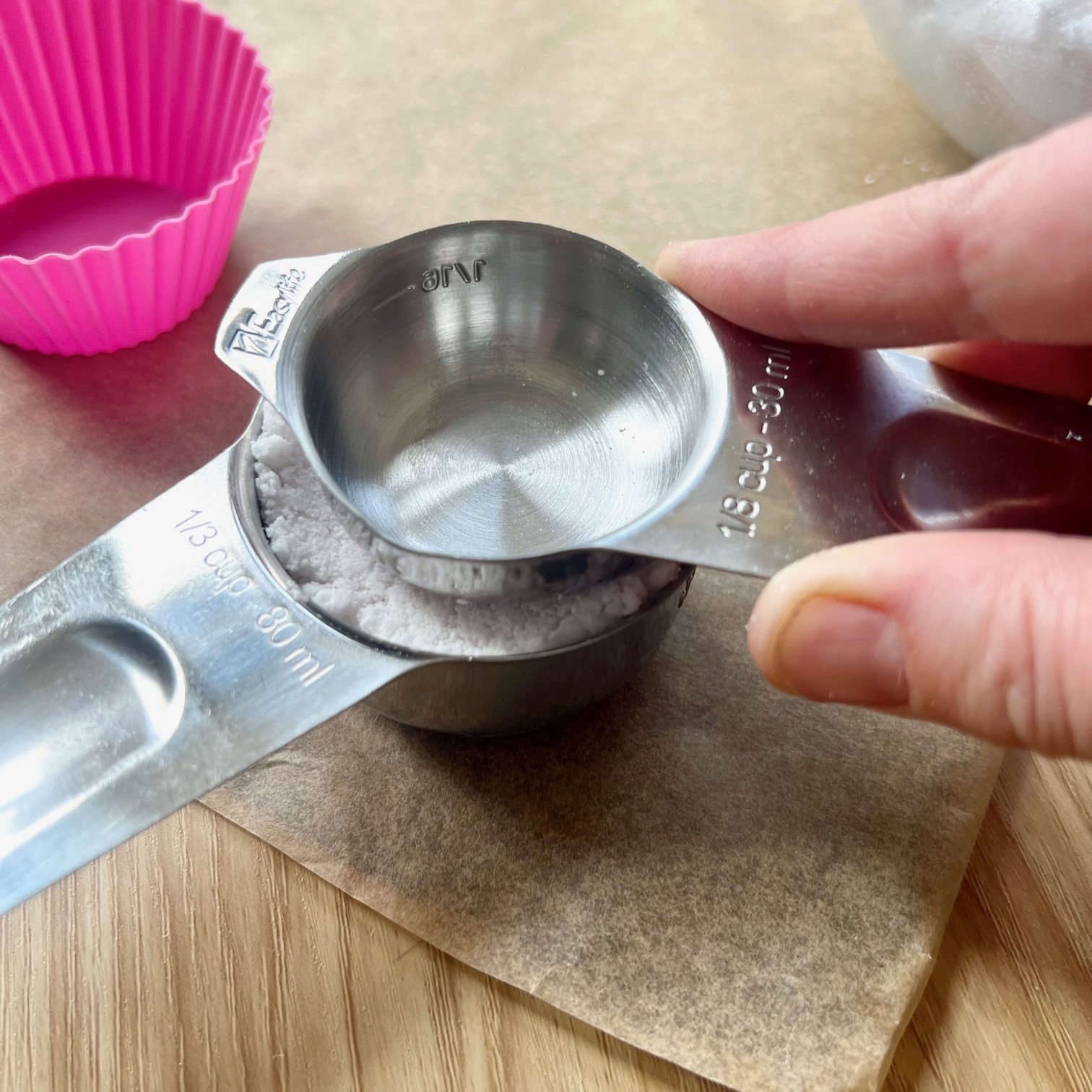Make lilac petal bath bombs
If your children love making potions and love bath bombs, then this activity is for you! It’s fun to collect your own flowers and make a lovely smelling, colourful ‘potion’ to use in the bath bombs and the bath bombs look so pretty with the dried flowers in them.
Lilac is an ornamental tree and generally found in gardens rather than in public spaces. If you don’t have your own lilac tree, perhaps see if a neighbour has one and ask if they would let you have a couple of stems of flowers. Otherwise, you can use any other petals you like!
What you will need:
2 stems of lilac flowers (you can use other flowers if you prefer)
1 cup of bicarbonate of soda
1/2 cup of citric acid (this is a weak acid that occurs naturally in citrus fruits and is what gives them their sour taste)
1/2 cup of cornflour
2 tbs of coconut oil (melted)
2 tsp water
A few drops of lemon juice
Some kind of mould - you can use ice cube trays, silicone cup cake cases, cookie cutters or cup measures…
What you need to do:
First you’ll need to dry some lilac flowers. I used just one stem of flowers to make the dried petals needed for these bath bombs. To dry them, either hang them upside down or place them on a wire rack somewhere dark and dry and away from sunlight. I actually left one stem of flowers in my kitchen to dry and the flowers on this one turned brown unlike the ones I dried in my dark understairs cupboard.
They will take about 10 days to dry.
You’ll need another lilac stem when you’re ready to make the bath bombs which you can use to make a small solution of coloured, lilac-scented water. The fragrance and colour it’ll add to your bath bombs will be very delicate but it’s fun to make!
Remove the flowers and place in a small bowl or a cup. Pour on just enough hot water to cover them. You’ll see the water turn a peachy brown colour.
Remove the petals and strain the flower petal water into a clean glass.
If you add a couple of drops of lemon juice, you’ll see the dye turn from peachy brown to a more pinky colour. Unfortunately, I don’t think my camera picked up the change that well. It’s magic to watch though!
Don’t add more than a couple of drops as you don’t want to overpower the lovely lilac scent!
Add the bicarbonate of soda, cornflour and citric acid in a large bowl and use a whisk thoroughly to combine.
Melt your coconut oil by heating it in a small pan or in a microwave on short bursts.
Add a couple of teaspoons of the lilac water into your melted coconut oil and whisk to combine using a small fork (or whisk!).
Slowly add the coconut oil/lilac water mix to the bowl of dry ingredients, bit by bit, whisking after each addition. You want to try to minimise the amount of fizzing by not adding too much liquid at a time and by working it in quickly.
You’ll notice that the bath bomb mixture has started to change consistency and looks more like grains of sand. You want the final mixture to look like damp sand and to hold together when squeezed in your hand. If your mixture isn’t yet holding together then you can start to add some of the rest of your lilac water, adding a very little bit at a time and mixing it in well after each addition. A spray bottle is great for this!
You can see the colour of my bath bomb mixture changed very subtly with the addition of the lilac water.
Once the mixture holds its shape when you clump it together in your hand, you can press it into your moulds. I used silicone cupcake cases and a 1/3 cup measuring scoop for my moulds.
Start by sprinkling a few of your dried lilac petals into your mould.
Next, fill the mould with the bath bomb mixture and press the mixture down with your fingertips or a spoon, making sure you squeeze out any air bubbles. You can use a measuring cup in a smaller size to further compress the mixture.
If you’re using a cupcake case as your mould, you should be able to peel it away quite easily from the bath bomb. If you’re using something more rigid, like a measuring cup, then you’ll need to turn it over and firmly tap on the bottom and sides with a spoon to release the bath bomb.
Don’t worry if your bath bomb crumbles, you can just pop it back into the mix!
Allow the bath bombs to sit on a baking sheet or plate for a few hours, or overnight, and completely dry out. Once dried, store them in an airtight container.
The bath bombs can be stored for a few months but the scent and colour of lilac flowers don’t last long so they are best used within a few weeks.
Enjoy a fizzy bath time!
Author: Denise Hope, home educating mum of two boys



